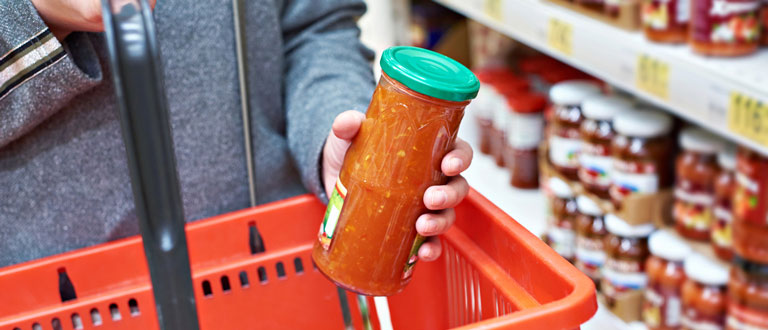The Role of Physical Testing to Support Food Quality

The Importance of Physical Food Testing
Of all the food tests Medallion Labs conducts annually, physical testing is arguably the most impactful for both customers and producers. While microbial and nutritional testing focuses on the unseen, physical testing measures properties readily perceived by human senses. These include texture, color, density, and other attributes influencing consumer interaction and equipment performance during production.
Physical Testing
At Medallion Labs, our physical testing capabilities help ensure your food products are consistent, from ingredients, to process, to the consumer, and from one customer experience to their next. Contact us to learn more about our physical testing capabilities.
Contact UsWhy Physical Testing Matters
These physical attributes are often the first things consumers and producers notice. Why is this crucial? Even a safe, nutritionally sound product will be deemed unacceptable if its color is off or its texture is unexpected. Worse, a product might not even reach the market if its ingredients or the final product deviate from expected physical properties.
Humans crave consistency, especially in food. We've learned (correctly) that unusual food characteristics often signal a problem, potentially impacting health. While generally a safe assumption, this ingrained perception makes it vital to maintain consistent physical attributes. Consumers readily reject food that doesn't meet their expectations.
Medallion Labs: Your Partner in Physical Testing
At Medallion Labs, our comprehensive physical testing ensures your food products maintain consistency throughout the entire process—from ingredient sourcing to consumer experience.
Methods and Techniques in Food Physical Testing
What does physical testing entail? It encompasses various measurements:
- Density and Dimensions: Ensuring label claims are accurate and impacting factors like preparation instructions and serving sizes.
- Texture Analysis: Quantifying hardness, strength, compressibility, shear force, and springiness.
- Rheology: Measuring flow properties under various processing conditions and identifying temperature-dependent rheological shifts.
- Particle Size Analysis: Utilizing sieve screen tests and laser diffraction instrumentation (for high-resolution analysis from ~0.5 microns to ~1 mm) to ensure components meet specifications.
- Color Measurement: Employing reflectance or transmittance techniques, depending on the sample.
- Thermal Properties: Determining melting points and energy transitions between physical states to assess ingredient consistency and critical temperatures for finished products.
Mitigating Supply Chain Risks Through Physical Testing
What causes physical property issues in established products? A common culprit is supply chain disruption, particularly concerning ingredients.
Example: Consider a product using a powdered ingredient. If the supplier upgrades equipment, potentially halving the mean particle size, this seemingly minor change can significantly impact hydration rate, processing rheology, and final product texture. While nutritional value remains unchanged, this alteration creates consumer dissonance, potentially harming sales and brand perception. Consumers value familiarity and consistency.
A particle size change might also indicate other problems: altered functionality, manufacturing errors, or even order mix-ups. Physical testing helps identify and address these issues, regardless of their severity.
Identifying Shelf Life Issues
Imagine a product changing color over time: blue upon leaving the factory, green after a week, and brown after two weeks. Is this normal? Physical testing provides answers.
While some products naturally age and change (especially those with short shelf lives), unexpected color or texture shifts in products with longer shelf lives may signal problems with packaging, ingredients, manufacturing, or even shelf-life testing itself. Physical testing helps pinpoint these issues.
Defining and Maintaining Consumer Preferences
Consumer preferences are subjective, but physical testing provides objective data. For example, when developing a syrup, "thick" is relative. Focus groups can help define "thick" for your target market, and physical testing ensures consistent viscosity throughout production. This principle applies to texture, color, and other physical attributes.
Ensuring Consistent Product Quality
In essence, physical testing acts as a quality control check, ensuring consistent product delivery. Maintaining consistent, recognizable characteristics is vital for success. Customers buy an expected experience; physical testing helps you deliver it consistently.
Partner with Medallion Labs to develop a tailored physical testing program for your food products. Let's work together to ensure your products meet and exceed expectations.
Let's Get to Work!
Submit your order online and ship your samples today. If you have questions, we are always here to help.
Medallion Labs+
A food testing program designed with mid-market and enterprise food and ingredient manufacturers in mind.
The Role of Physical Testing to Support Food Quality